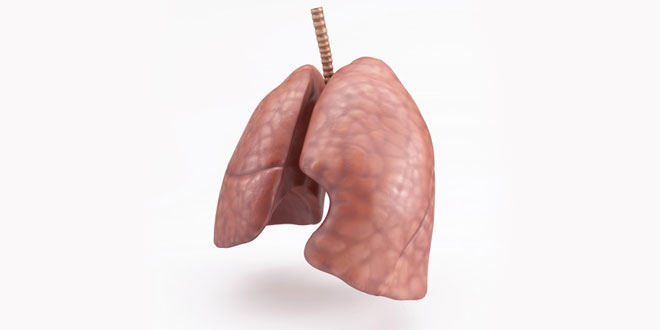Question: Differentiate Pulmonary respiration and cutaneous respiration.
Answer: Differentiate Pulmonary respiration and cutaneous respiration are:
- Pulmonary respiration: Respiration through the lungs is known as pulmonary respiration.
- Cutaneous respiration: Respiration through the skin is known as cutaneous respiration.
Question: Differentiate between respiration and breathing.
Answer: Differentiate between respiration and breathing are:
Respiration
Breathing
There is release of energy at the end.
There is no release of energy.
It is an intracellular process. (It takes place inside the cells).
It an extracellular process. (It takes place between the organism and its environment).
It is a biochemical process involving the breakdown of food.
It is a physical process involving inhalation and exhalation.
Question: Differentiate Inhalation and exhalation.
Answer: Differentiate Inhalation and exhalation are:
Inhalation
Exhalation
The taking in of oxygen-rich air into our body is called inhalation.
The giving out of air rich in carbon dioxide is called exhalation.
the rib cage moves outwards and the diaphragm contracts to move downwards
the ribs move inwards and the diaphragm relaxes to return to its normal position.
As the rib cage expands, the space in the chest cavity increases allowing air rich in oxygen enter the lungs.
The contraction of rib cage reduces the size of the chest cavity. Now air rich in carbon dioxide is driven out of the lungs.
Question: List the similarities and differences between aerobic and anaerobic respiration.
Answer: Similarity between aerobic and anaerobic respiration:
In both aerobic and anaerobic respiration, the food is broken down to release energy.
Differences between aerobic and anaerobic respiration:
Aerobic respiration
Anaerobic respiration
It is the process of breakdown of food in the presence of oxygen.
It is the process of breakdown of food in the absence of oxygen.
Its end products are CO2 and H2O.
[ one_half_last]End products of anaerobic respiration can belactic acid or CO2 and alcohol. [/one_half_last]
It takes longer time to release energy.
It is a fast process as compared to aerobic respiration.
It produces large amount of energy.
[ one_half_last] It produces small amount of energy as compared to aerobic respiration.[/one_half_last]
Examples: It occurs in most plants and animals.
Examples: Yeast, bacteria, human muscle cells, etc. respire anaerobically.
 Class Notes NCERT Solutions for CBSE Students
Class Notes NCERT Solutions for CBSE Students


